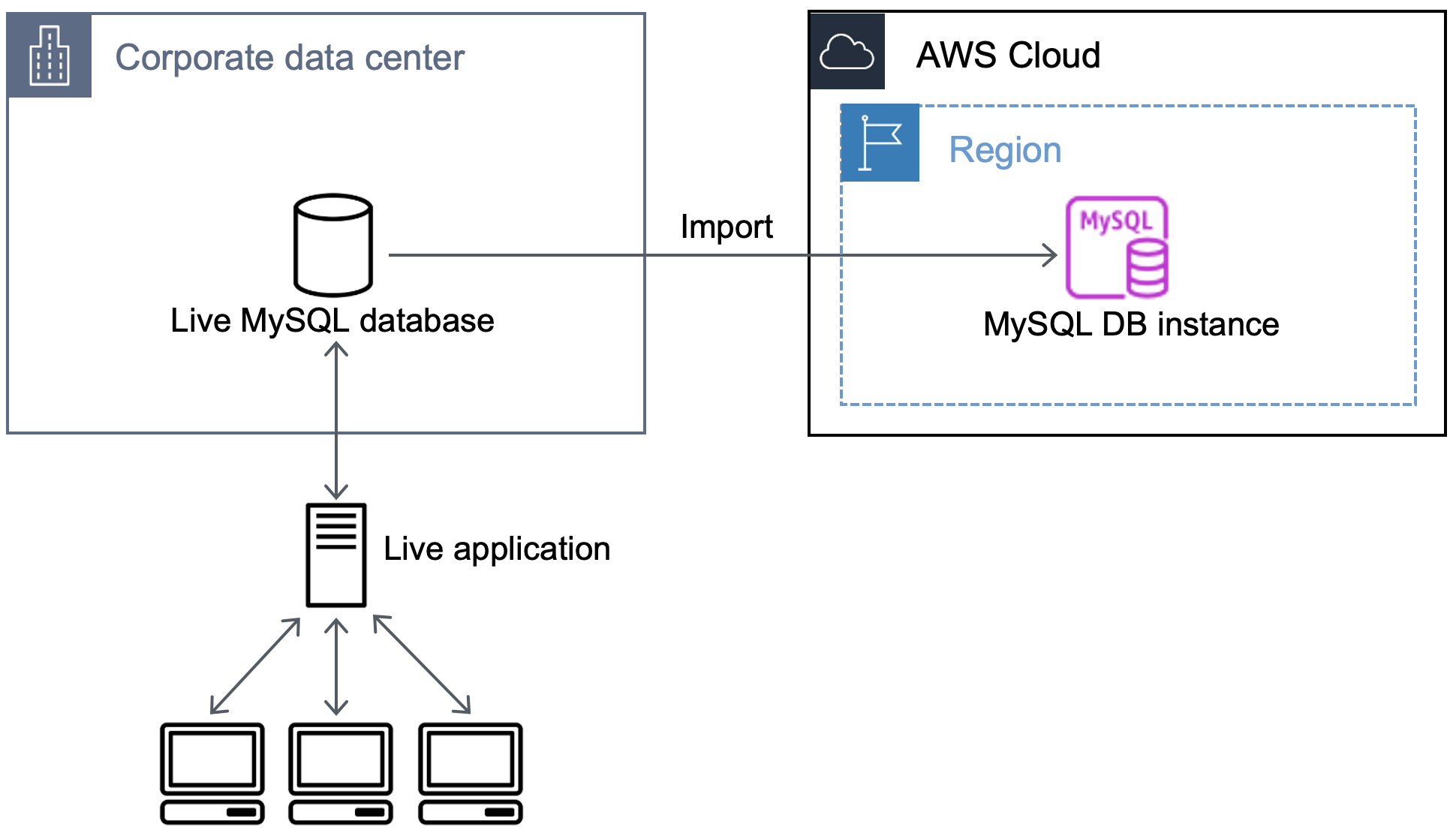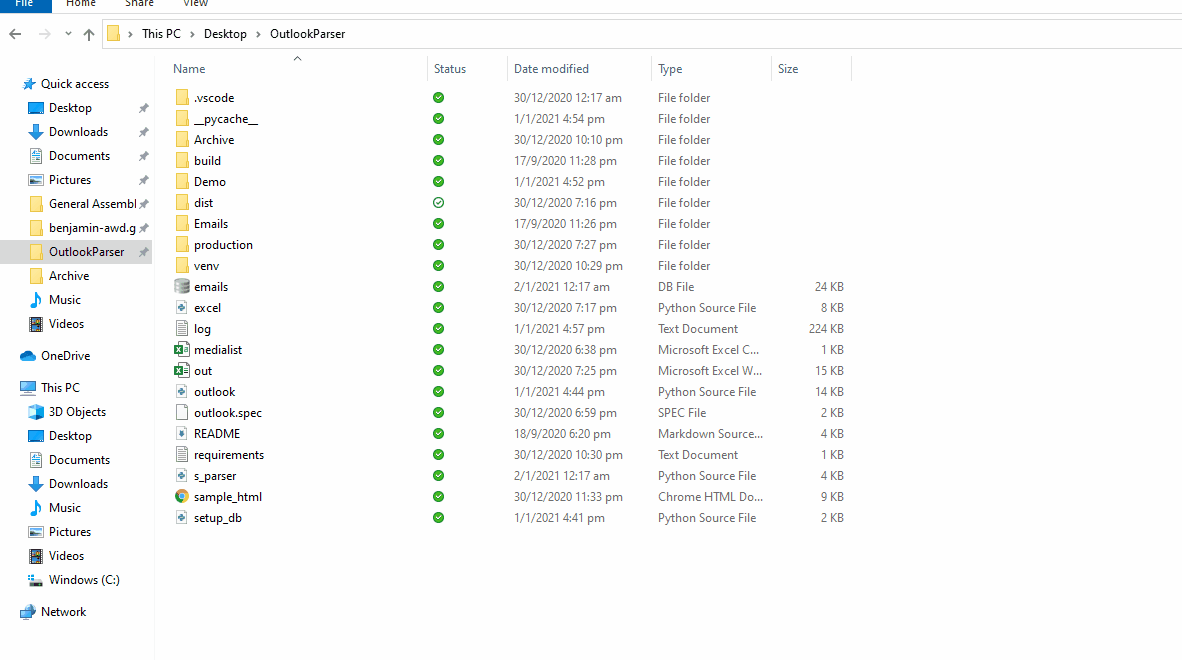DB-Text is able to open and manipulate CSV and TSV file as never was possible before To import any CSV or TSV file is enough to drag and drop (or select via a standard open dialog) the file to import It has a lot of function and utilities to make your job faster and easier
Easy to use
- Accept drag and drop to import
- Autorecognize the type of file and format
- It can accept data with mixed use of quotas
- Data can be manipulated inside the window in an easy and intuitive way
- Easy find and filtering functions
- It can enlarge or shrink all the columns in a single step from the toolbar
- It allows to move and adjust columns as the user needs.
- Export of all to: CSV, TSV, html or custom format selecting separators and other tags
- All function in a click, no need to code even to set custom complex export format
DB-Text is able to open and manipulate CSV and TSV file as never was possible before To import any CSV or TSV file is enough to drag and drop (or select via a standard open dialog) the file to import It has a lot of function and utilities to make your job faster and easier.
- 38 definitions of D-B. Definition of D-B in Slang/Internet Slang. What does D-B stand for?
- Set up full-text search with a wizard. To set up full-text search by using a wizard, see Use the Full-Text Indexing Wizard. Set up full-text search with Transact-SQL. The following two-part example creates a full-text catalog named AdvWksDocFTCat on the AdventureWorks sample database and then creates a full-text index on the Document table in the sample database.
Detailed features

- Import from any format (tab separated value, comma separated value, char separated value using semicolon), via file selection or drag and drop from the finder on any documents
- Import from all the most used encoding file (also from documents coming from Windows)
- Import dialog that let you select for any column (field) where to import inside the table
- Popup inside the import dialog to specify field destinations or specify new columns to create
- Full data browsing before import inside the import dialog
- Optional 'Use first row as header'
- Fast opening creating a new column table for any text column in the file
- Import more then one time inside a document with a great Mac interface to specify where to add data in a pre-existing table
- Manipulation of data easy and intuitive
- Edit in place for any data
- Sort and filter with a click inside the document (you can sort case sensitive or not)
- Optional save of most used search terms inside the search field
- Copy as CSV (comma separated) or TSV (tab separated) or HTML of selected rows in the clipboard
- Assign at any time the content of a row as column header
- Saves also in native format
- Document based for a better data management
- Add delete columns and rows at any time with a click
- Columns can be moved at any time as the user needs
- Edit column accessory view to see how your data are organized (useful if you have a lot of columns data)
- Export dialog that let you select from which fields to export and in which order
- You can export in the format you like, you can even define a custom export format with personalized tags as fields separator, record separator, start of data, end and so on. You can personalize export exactly in the way you need.
- Optimized for MacOS 11 Big Sur
- Universal format for Apple silicon and Intel-based Mac
- Works also in Dark Mode
- PDF Help User Guide
Supported features
- Tabs for managing many documents in a single window
- Merge all documents in a window
- Full screen
- Autosave
- Resume
- Versions
- Automatic resume
- Tags in finder
The module implements a simplified database engine based on text files. It can be used by OpenSIPS DB interface instead of other database module (like MySQL).
The module is meant for use in demos or small devices that do not support other DB modules. It keeps everything in memory and if you deal with large amount of data you may run quickly out of memory. Also, it has not implemented all standard database facilities (like order by), it includes minimal functionality to work properly with OpenSIPS

NOTE: the timestamp is printed in an integer value from time_t structure. If you use it in a system that cannot do this conversion, it will fail (support for such situation is in to-do list).
NOTE: even when is in non-caching mode, the module does not write back to hard drive after changes. In this mode, the module checks if the corresponding file on disk has changed, and reloads it. The write on disk happens at OpenSIPS shut down.
The db_text database system architecture:
Dbtextlimit
a database is represented by a directory in the local file system. NOTE: when you use db_text in OpenSIPS, the database URL for modules must be the path to the directory where the table-files are located, prefixed by “text://”, e.g., “text:///var/dbtext/opensips”. If there is no “/” after “text://” then “CFG_DIR/” is inserted at the beginning of the database path. So, either you provide an absolute path to database directory or a relative one to “CFG_DIR” directory.
a table is represented by a text file inside database directory.

First line is the definition of the columns. Each column must be declared as follows:
the name of column must not include white spaces.
the format of a column definition is: name(type,attr).
between two column definitions must be a white space, e.g., “first_name(str) last_name(str)”.
the type of a column can be:
int - integer numbers.
double - real numbers with two decimals.
str - strings with maximum size of 4KB.
a column can have one of the attributes:
auto - only for 'int' columns, the maximum value in that column is incremented and stored in this field if it is not provided in queries.
null - accept null values in column fields.
if no attribute is set, the fields of the column cannot have null value.
each other line is a row with data. The line ends with “n”.
the fields are separated by “:”.
no value between two ':' (or between ':' and start/end of a row) means “null” value.
next characters must be escaped in strings: “n”, “r”, “t”, “:”.
0 -- the zero value must be escaped too.
Example 1.1. Sample of a db_text table
Example 1.2. Minimal OpenSIPS location db_text table definition
Example 1.3. Minimal OpenSIPS subscriber db_text table example
Dbtext Access

This database interface don't support the data insertion with default values. All such values specified in the database template are ignored. So its advisable to specify all data for a column at insertion operations.
